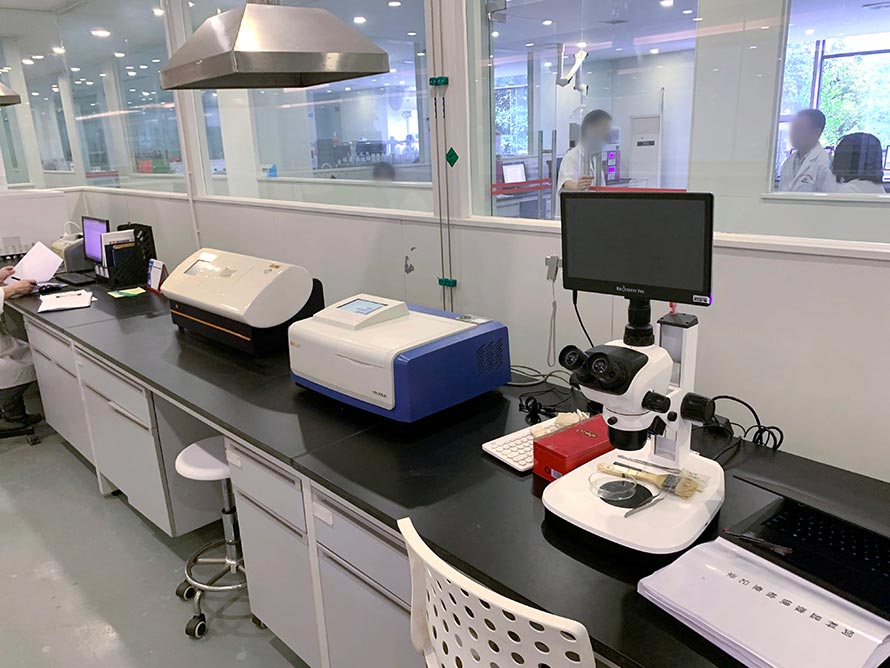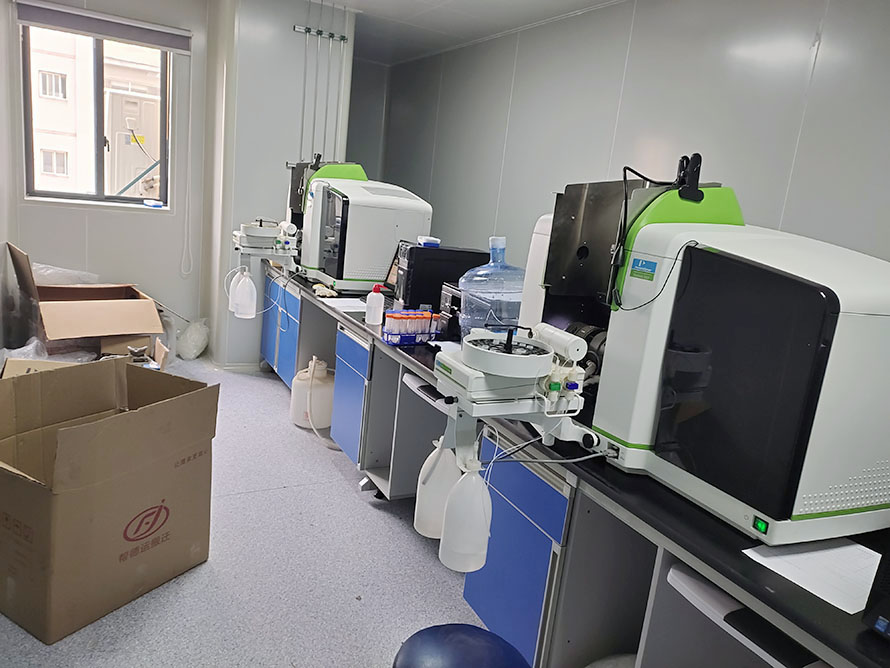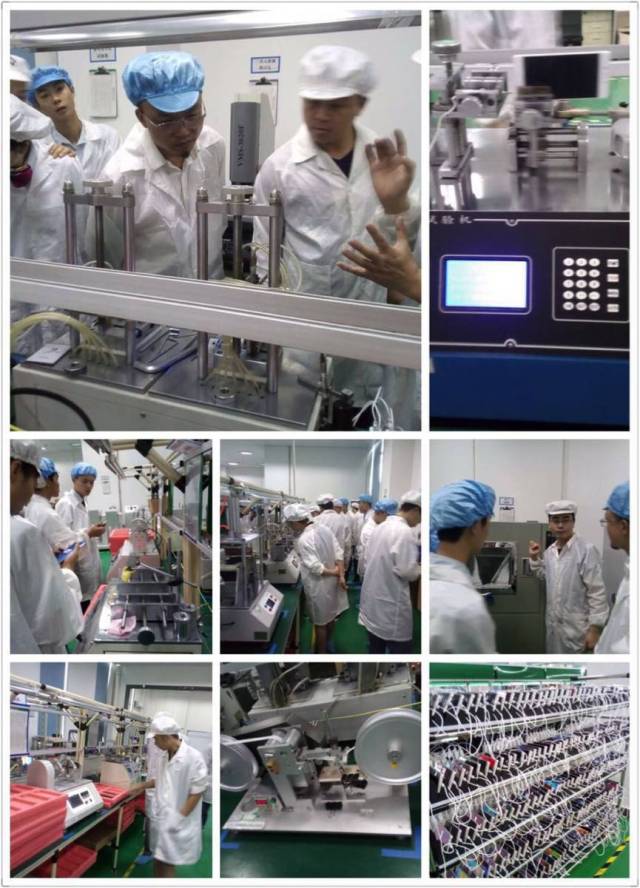Service Hotline
The role and key points of forging technology in the shaping of parts in precision instrument manufacturing
Forging technology, as an important material forming technology in precision instrument manufacturing, has unique process characteristics and application advantages, and is widely used in the forming of parts for various precision instruments. Forging technology forms parts of the required shape and size through plastic deformation of metal materials in molds, which is an indispensable link in precision instrument manufacturing.
I. The role of forging technology in precision instrument manufacturing
Improving the mechanical properties of parts
mechanical properties of parts
Forging technology can significantly improve the mechanical properties of parts, such as strength, hardness, toughness, etc., thereby enhancing the structural strength and stability of precision instruments and extending their service life. Forging technology can make the internal structure of the metal more uniform, thereby improving the comprehensive mechanical properties of the material, making it more suitable for precision instrument manufacturing.
Improving the size accuracy and surface quality of parts
surface quality of parts
Forging technology can effectively control the size accuracy and surface quality of parts, thereby improving the accuracy and stability of precision instruments. Through precision forging, precise control of part dimensions can be achieved, and at the same time, forging technology can effectively remove burrs and excess edges, improve surface quality, and ensure the normal operation of precision instruments.
Improving production efficiency and economic benefits
Forging technology can improve production efficiency and reduce production costs, thereby improving economic benefits. By optimizing forging technology, the scrap rate in the production process can be reduced, production efficiency can be improved, and production costs can be reduced. In addition, forging technology can achieve mass production, improve production efficiency, reduce production costs, and thus improve economic benefits.
II. Key points of forging technology in precision instrument manufacturing
Selecting appropriate forging equipment and molds
Forging technology requires selecting appropriate forging equipment and molds to ensure the smooth progress of the forging process. The selection of equipment and molds needs to be considered comprehensively according to the shape, size, and material characteristics of the parts.
Selecting an appropriate forging process
Forging technology requires selecting an appropriate forging process to meet the shape, size, and material characteristics of the parts. Common forging processes include free forging, die forging, extrusion, etc., which need to be selected according to the shape, size, and material characteristics of the parts.
Selecting an appropriate forging temperature
Forging technology requires selecting an appropriate forging temperature to ensure the smooth progress of the forging process. Both excessively high and low forging temperatures will affect the forging effect, and it is necessary to select according to the shape, size, and material characteristics of the parts.
low forging temperatures will affect the forging effect, and it is necessary to select according to the shape, size, and material characteristics of the parts.
Selecting an appropriate cooling method
Forging technology requires selecting an appropriate cooling method to ensure the smooth progress of the forging process. The selection of cooling methods needs to be based on the shape, size, and material characteristics of the parts.
Selecting an appropriate heat treatment process
Forging technology requires selecting an appropriate heat treatment process to ensure the mechanical properties of the parts. The selection of heat treatment processes needs to be based on the shape, size, and material characteristics of the parts.
Forging technology plays a vital role in the manufacturing of precision instruments. It requires selecting appropriate forging equipment, process, temperature, cooling methods, and heat treatment processes according to the characteristics of the parts to ensure the shape, size, mechanical properties, and other characteristics of the parts, thereby improving the performance and service life of precision instruments.
Copyright © 2019-2025 Instrumentation Manufacturer
Addresses: Phone number: E-Mail:

Our Businesses
